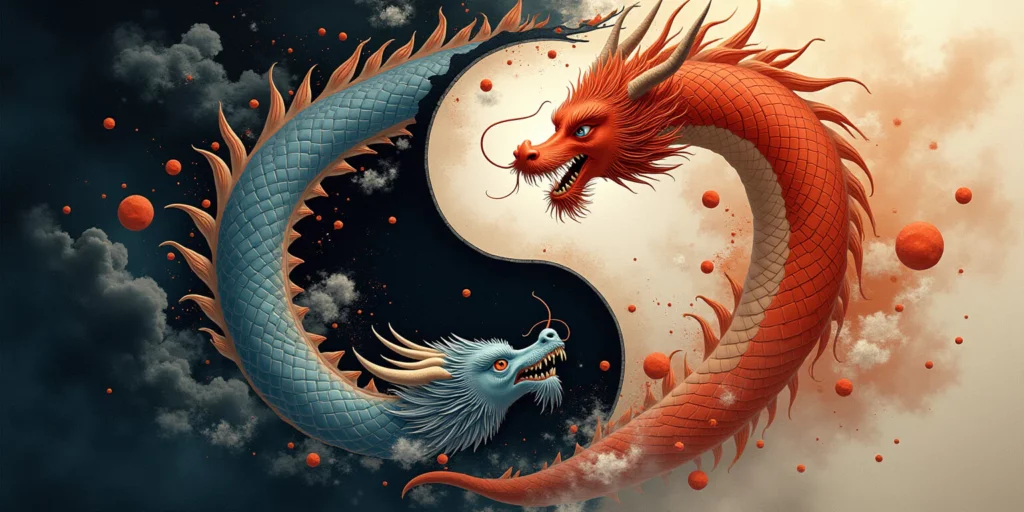The Snake of the World

The snake in its natural habitat is as beautiful as any other creature. The snake of the world, however, is a sly and cunning entity, vitally attached to sensual experience in the flesh. Its presence is registered as a drumming of excitation that is summoned through the rising intensity of emotion – most noticeably through the arousal of sexual feelings. The snake of the world enters existence with remarkable ease, aided by people’s insatiable appetite for new experience, regardless of the cost in human pain and misery.
The snake of the world is perfectly adapted to its environment. It uses, for example, social gatherings to disguise its predatory intentions in the interactions between people. Using suggestive language alluding to sex through humour and light-hearted banter, the snake generates a field of psychic tension. This strengthens its position as the usurper of love in existence. Whenever a group of people are seated together, particular young men, it’s quite common to observe the quivering of a leg or two as the snake begins to flex its energy through the body.
The snake is also able to contract and manipulate the voice. When a media broadcaster mentions the word ‘millions’ in connection with money, the accent on the first syllable is often trilled (not unlike the salivating of the Hannibal Lecter character in ‘The Silence of the Lambs’). The snake appears most graphically (with the exception of sex) in connection with food, particularly the advertising of succulent dishes oozing with mouth-watering sauces. Then there’s the snake of curiosity which often goads the person to interfere with things that don’t concern them. Far from being an endangered species, snakes are everywhere when you know where to look.
Being a psychic entity, the snake is able to split itself into innumerable parts as a means to gain control of the mind and body of the person. Some people’s bodies can be host to hundreds of snakes, each primed to strike when triggered by a particular emotional reaction. To rid the body of this psychic entity, it must be starved of its resource of vitality which keeps it’s alive. This involves, in the first instance, to observe how it operates within the psyche and to see how by being conscious and present in the senses the snake is unable to move. Then when pinned by the focus of intelligence, it begins to lose its strength and starts to die. This can be a long and protracted process.
In the biblical myth of the Garden of Eden the snake was depicted as Satan, who persuaded Eve to eat of the tree of knowledge. In the Gnostic gospels, however, the snake was depicted as a serpent and attributed to Sophia, the Goddess of Wisdom. Sophia knew that for man and woman to attain their godhead as sovereigns of the earth it would be necessary to eat from the tree of knowledge. We are all gods, but separated from the divine union by the echelons of past since leaving the Garden of Eden. The Garden is the original state of love which is always here within the body of each man and woman. The symbol of wisdom is depicted by that most ancient image: the Ouroboros as the serpent swallowing its tail. This represents the profound principles of yin and yang as both inner and outer sides of existence, and the male and female principles through which life is reproduced on earth. The transformation from sex to love parallels the conversion from snake to serpent power, and unites both inner and outer realms of existence.